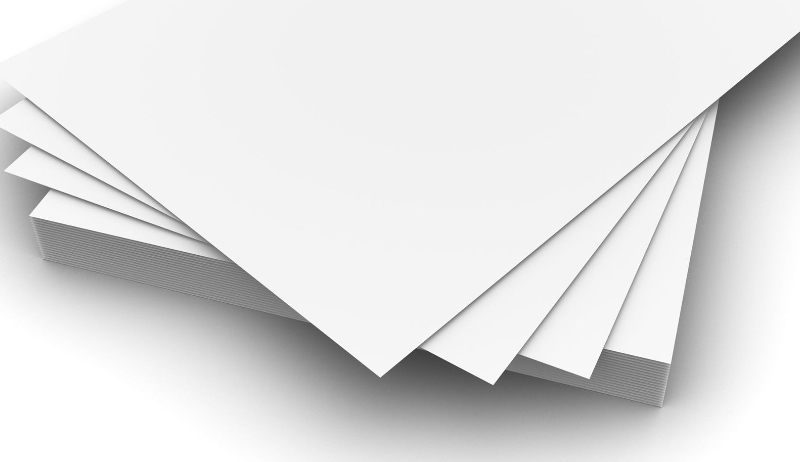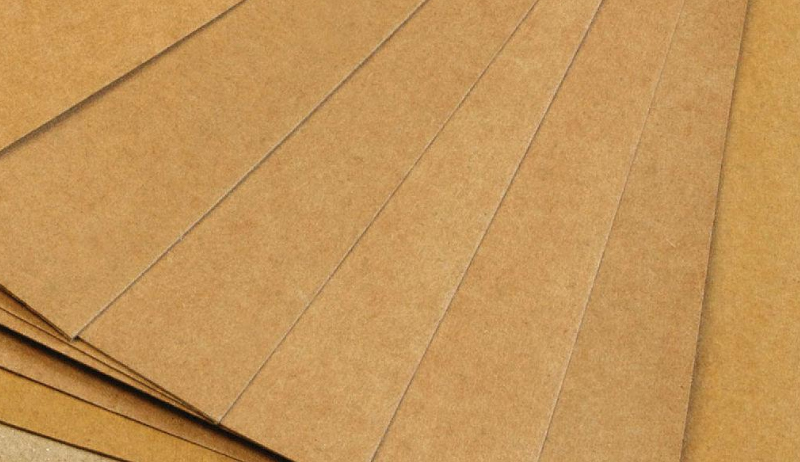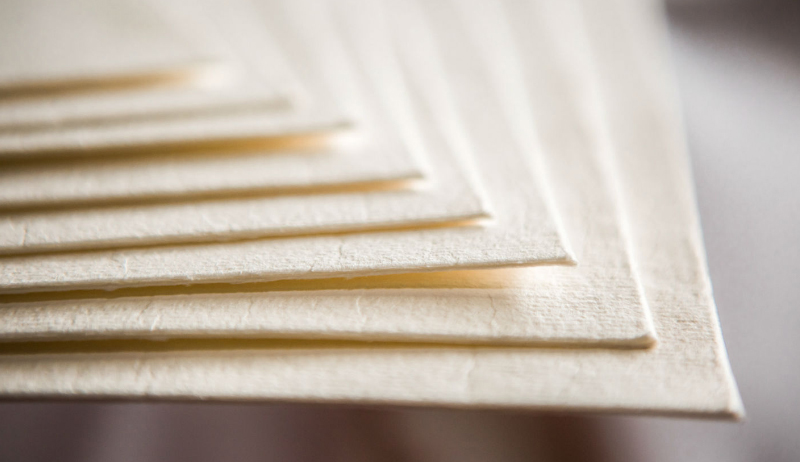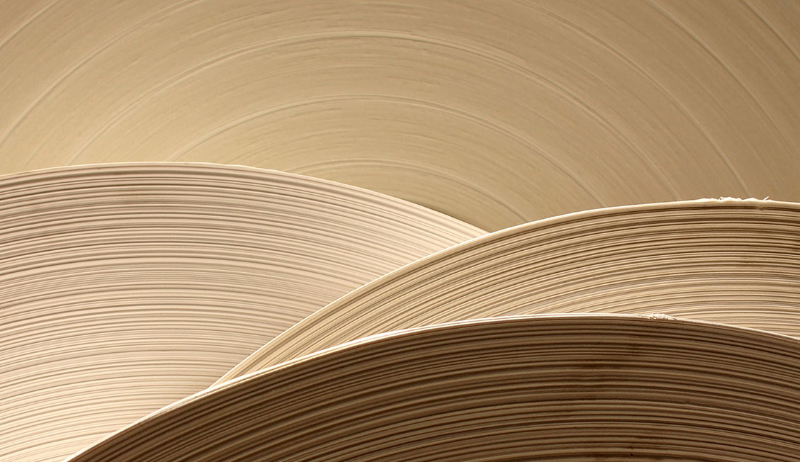What Makes P+Series PLA Coated Bamboo Paper a Sustainable Packaging Choice?
Understanding the Composition of PLA Coated Bamboo Paper
The fundamental structure of this material consists of two primary components that work in harmony. The base sheet is derived from bamboo pulp, which is sourced from one of the fastest-growing plants on the planet. This rapid growth cycle means that bamboo can be harvested frequently without causing deforestation, making it a highly renewable resource. The bamboo fibers contribute to creating a paper that is naturally strong and has a unique, textured aesthetic. This base sheet is then coated with a thin layer of Polylactic Acid, or PLA, which is a biopolymer typically made from fermented plant sugars like corn starch or sugarcane. This coating is crucial as it transforms the permeable paper into a functional barrier material, making it resistant to grease, oils, and mild moisture, which are essential properties for effective packaging.
The Manufacturing Process Behind the Material
The journey of creating PLA coated bamboo paper begins with the sustainable harvesting of mature bamboo stalks. These stalks are crushed and processed through a pulping method to separate the cellulose fibers, which are then cleaned and formed into large rolls of paper. The next critical phase involves applying the PLA coating. This is often done using advanced techniques such as extrusion coating, where the PLA polymer is melted and applied as a thin, uniform film onto the surface of the bamboo paper. The precision of this application is key; it must be sufficient to provide the necessary barrier properties without compromising the paper's inherent compostable and flexible nature. The entire process is designed to have a lower environmental impact compared to conventional paper plastic laminates, focusing on using bio-based inputs and reducing reliance on fossil fuels.
Key Advantages Over Conventional Packaging Films
When placed side-by-side with traditional packaging materials like polyethylene-coated paper or pure plastic films, PLA coated bamboo paper presents several compelling benefits. From an environmental perspective, its most significant advantage is its end-of-life scenario. Unlike petroleum-based plastics that persist in the environment for centuries, this material is designed to break down in industrial composting facilities within a few months, returning organic matter to the soil. In terms of performance, it offers a reliable barrier that protects products from grease and air, making it suitable for a wide range of dry and semi-moist goods. The material also possesses a premium, natural feel that resonates with brands looking to communicate an eco-conscious identity to their consumers, while maintaining the necessary durability for handling and transportation.
Is PLA Coated Bamboo Paper Truly Compostable?
The question of compostability is central to understanding the environmental credentials of this material. The straightforward answer is that it is certified compostable under specific conditions. For complete and timely biodegradation, PLA coated bamboo paper typically requires the high temperatures and managed microbial environment of an industrial composting facility. In these facilities, both the bamboo paper and the PLA coating will break down into water, carbon dioxide, and biomass, leaving no toxic residues. It is important to note that while the components are biodegradable, home composting may not always provide consistent or sufficient heat to break down the PLA layer effectively. Therefore, consumers should look for relevant certifications on the packaging and be aware of their local composting infrastructure to ensure the material is disposed of correctly, avoiding contamination of recycling streams.
Practical Applications in the Food Industry and Beyond
The unique properties of PLA coated bamboo paper make it exceptionally well-suited for various applications within the food sector. It is increasingly being adopted for packaging dry foods such as grains, pasta, and snacks, as well as for wrapping baked goods like pastries and bread. The food service industry utilizes it for sandwich wraps, box liners, and even as a sustainable option for disposable plates and bowls. Its grease-resistant quality makes it ideal for containing oily or buttery products without the risk of seepage. Beyond food, its appeal extends to the packaging of cosmetic products, organic textiles, and electronics, where brands seek to enhance their sustainability profile. The material offers a viable and environmentally responsible alternative for any application where a protective, yet compostable, barrier is required.
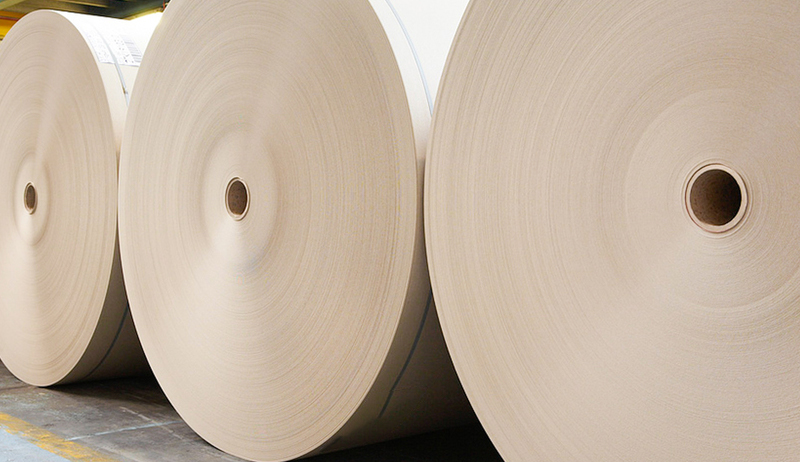


 English
English Español
Español



